After a smooth migration to T+1, what does the road ahead look like?
Key Takeaways
- Market participants’ readiness ensured successful T+1 transition
- Early testing enabled issues to be identified ahead of switch
- Experienced, trusted partners pivotal to delivering change
Major North American Markets (US, Canada, and Mexico) transitioned to a T+1 settlement cycle in May 2024. This transition was accomplished successfully, with a minimum of disruption, as a result of extensive planning, testing, and coordination by regulators, exchanges, market participants, and vendors.
Some minor challenges remain, particularly around the settlement of global stocks traded in US markets. However, this should become less of an issue as other markets around the world standardize on the T+1 settlement cycle.
Migration to T+1 settlement cycle
The SEC announced the move to T+1 settlement in 2023. The rationale was to reduce settlement risk, increase market efficiency, and free up liquidity by reducing the amount of time capital is tied up during the settlement process.
The long lead time for this change allowed stakeholders from across the industry time to prepare. For example, at ION:
- We were able to migrate all US stocks to T+1 in all customer UAT systems nine months ahead of the migration date. This allowed plenty of time to test operational processes and integrations with other systems, and to identify and address any issues.
- Our regular software upgrade cycle also allowed us to roll out the necessary software component updates to all customers well in advance of the transition date.
- Our centrally managed instrument and exchange static data model allows support of uniform changes and efficient deployment to all global production systems.
The migration to T+1 was a mandatory change, but for many stakeholders, it was also an opportunity (and SEC mandate) to analyze their clearing and settlement workflows and consider/deliver strategic upgrades that would benefit their wider business. The main example is the CTM Match to Instruct (M2i) workflow. By fully automating the process of trade affirmation, this delivers significant speed improvements to the post-trade process. This is crucial for achieving next-day settlement, but also delivers wider efficiency improvements, and cost reductions, by reducing the need for manual exception handling.
ION delivered full support for M2i in Fidessa alongside mandatory T+1 updates, helping our customers leverage the strategic advantages of the change in the settlement cycle. Additionally, US customers have updated some back-office interfaces to create batched files more frequently or even move to a real-time model.
The migration itself went without any major issues or disruption. Peru’s last-minute announcement mandating T+1 settlement for dual-listed foreign securities required some additional work to implement, but this was also carried out successfully (the majority of Peruvian stocks will move to T+1 settlement in 2025, alongside the introduction of the cross-border nuam exchange).
Outstanding issues and the road ahead
The main remaining point of friction involves global stocks traded in North American markets. For example, US OTC Foreign Company (OTC “F-shares”). When a stock is not cleared via DTCC (or any other NA clearing house that follows the T+1 settlement cycle), the counterparties face the question of what settlement regime should be used (T+1 or the standard settlement cycle for the stock’s home market).
In many cases, it will be more convenient, and less costly, to use a longer settlement cycle to synchronize with FX trades or hedging trades in the relevant local market. For Americas-based brokers, this can require manual intervention or bespoke solutions, which can add real financial costs and operational overheads. Fundamentally, this issue arises out of the mismatch between settlement cycles across major markets, and the impact should lessen as more and more markets move to next-day settlement.
Looking ahead, there doesn’t seem to be any immediate prospect of further shortening of the settlement cycle in the major Americas markets. Instead, we expect other global markets that have not yet made the move to adopt a T+1 cycle. Over the last 30 years, markets have moved from T+5 to T+1 settlement, and this has already mitigated most settlement risks. Major APAC markets have already begun to move to T+1 settlement, and the next obvious step is for EMEA markets to follow. Both EU and UK regulators are beginning to explore migration plans.
Lessons learned – the benefits of experience and partnership
In one sense, the move to T+1 was a major change, with an impact across the entire market. In another sense, however, it was business as usual. In a dynamic global landscape, changes to trade processes, regulations, and market structure are a regular occurrence, and market participants have to get used to navigating them. It’s good to work with trusted global partners with experience in managing these types of changes, contacts with regulators and other key stakeholders, and the expertise to deliver change successfully. This kind of support can help participants turn change from a cost into an opportunity.
Don't miss out
Subscribe to our blog to stay up to date on industry trends and technology innovations.


